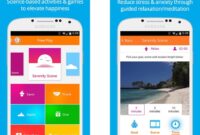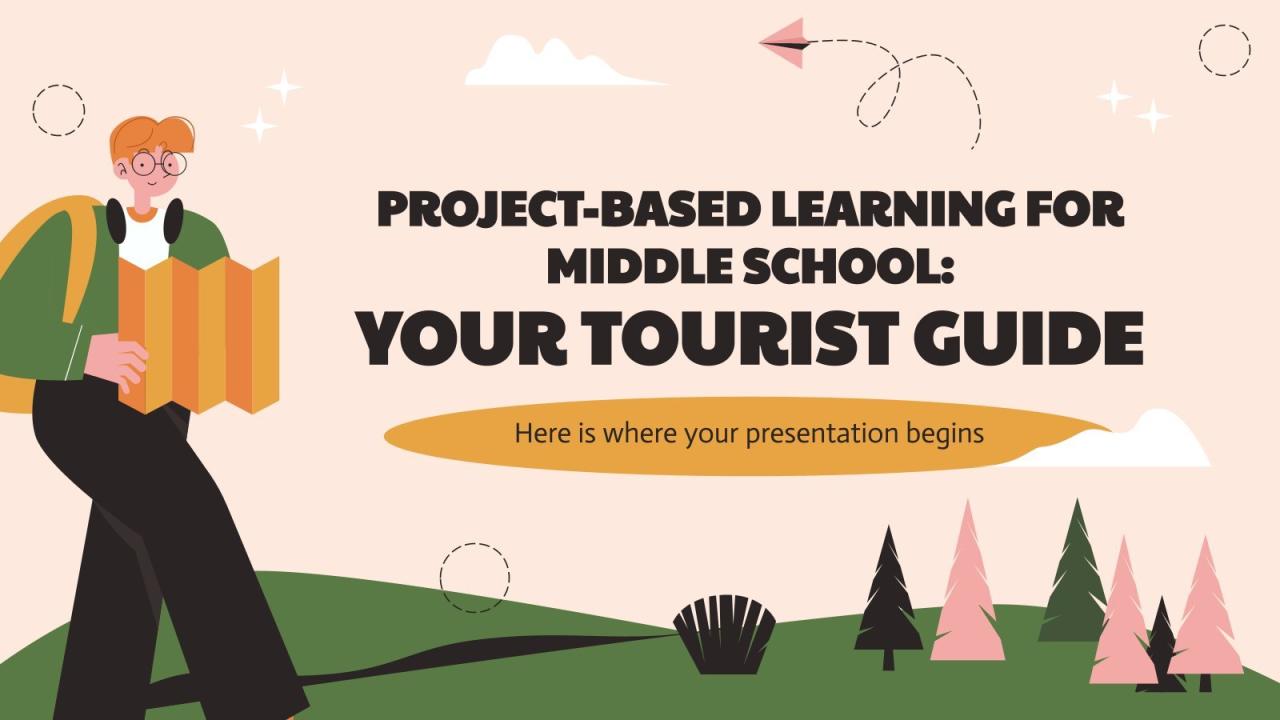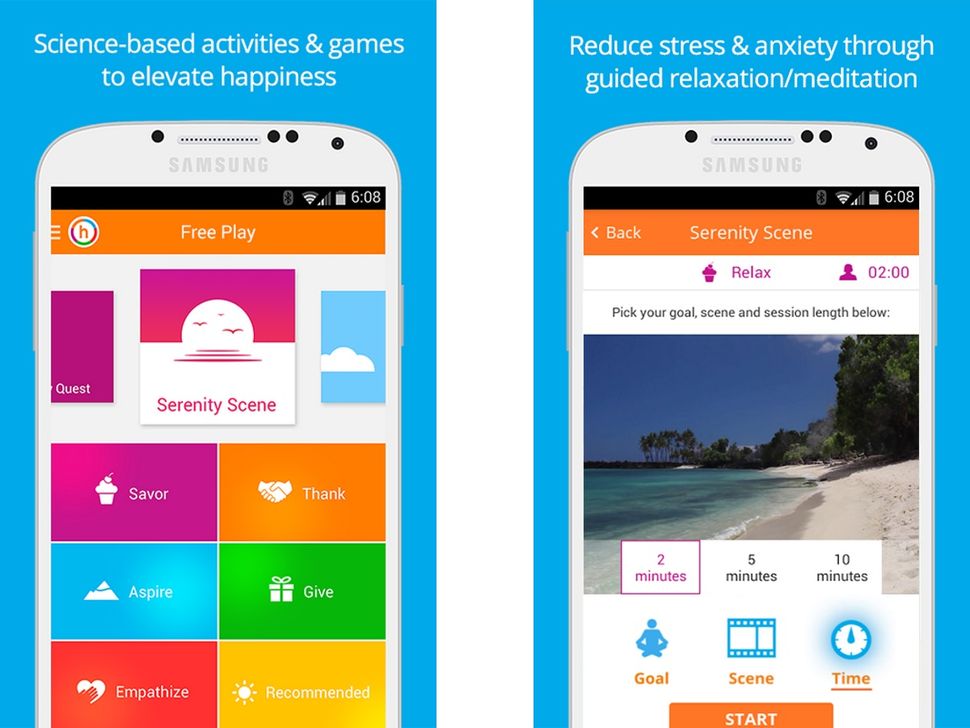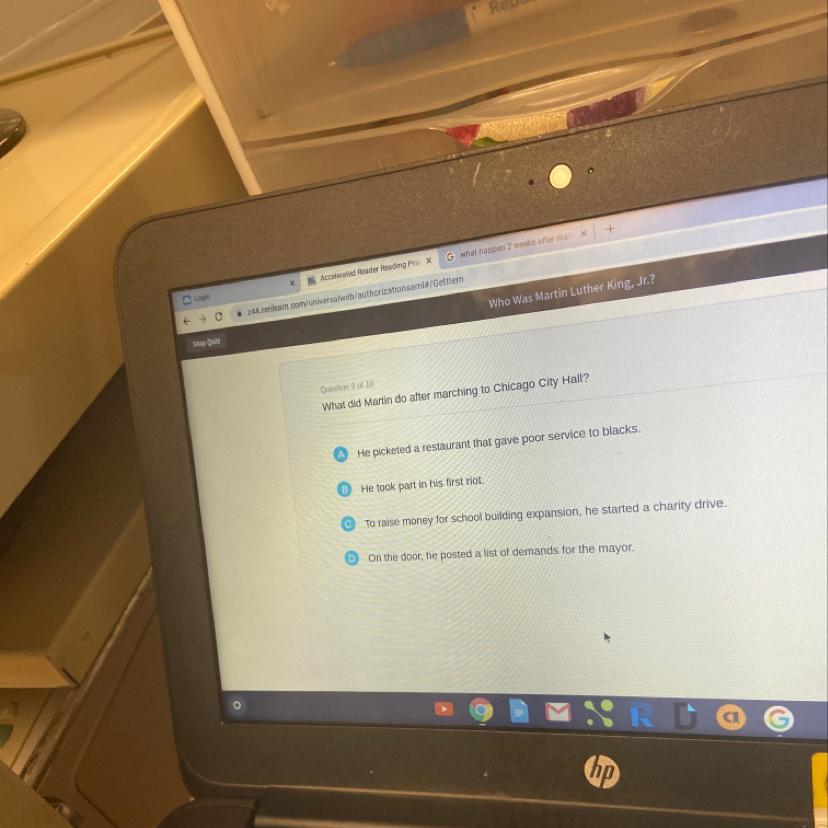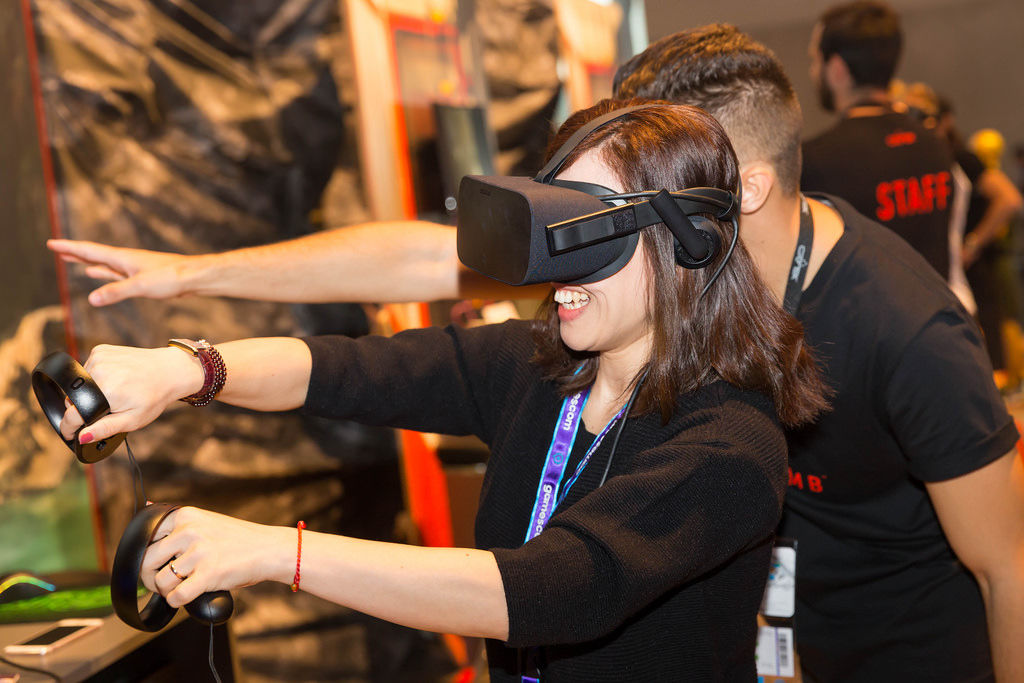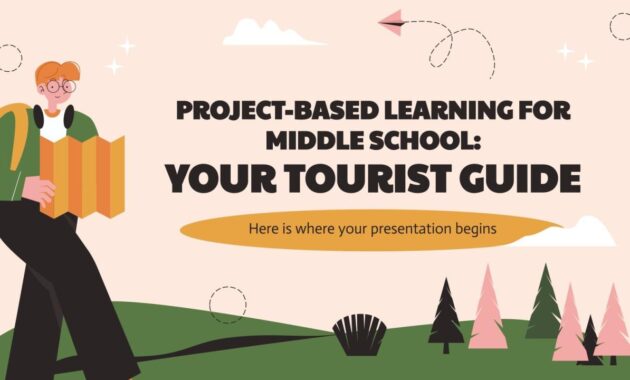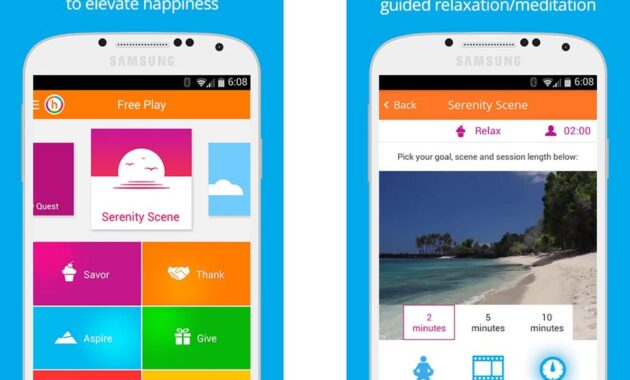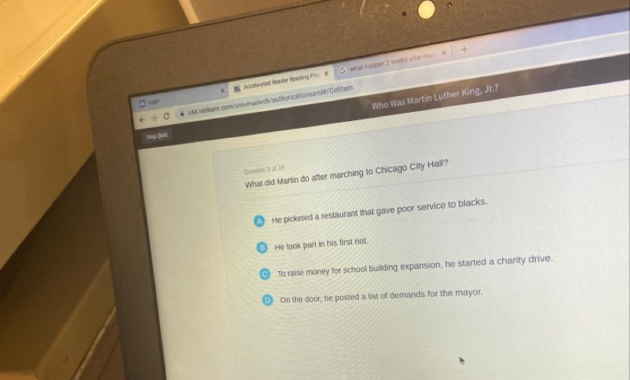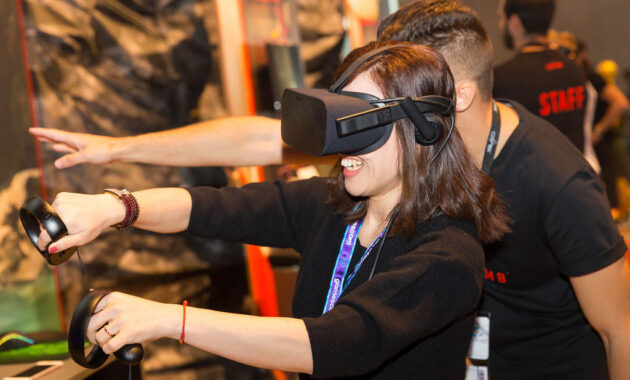AR DIY Crafts for Hobbyists opens up a world of innovative possibilities, blending traditional crafting with cutting-edge augmented reality technology. As hobbyists explore this exciting intersection, they can enhance their creative processes and bring their projects to life in ways previously unimaginable. The integration of AR not only adds a new dimension to crafting but also fosters a community where ideas and techniques can be shared and developed.
The fusion of augmented reality with DIY crafts allows individuals to visualize their creations before execution, making the crafting process more interactive and engaging. With a myriad of tools and applications available, hobbyists can now experiment with designs, colors, and layouts in a virtual space, significantly reducing material waste and enhancing creativity.
In the modern era, the role of technology in education has been a pivotal topic of discussion, with varied implications for teaching and learning processes. The integration of technology into educational frameworks has reshaped how knowledge is disseminated and absorbed, fundamentally altering the landscape of education. This article delves into the influence of technology on education, examining its benefits, challenges, and potential future developments.The advent of technology in education can be traced back to the introduction of basic aids such as projectors and overhead transparencies.
However, the last two decades have witnessed a dramatic shift with the rise of the internet, personal computing, and mobile devices. The ubiquity of these technologies has led to the emergence of new educational paradigms, notably online learning, blended learning, and personalized learning. Each of these paradigms represents a significant evolution in how students engage with content.In the realm of online education, the emergence of Massive Open Online Courses (MOOCs) has democratized access to knowledge.
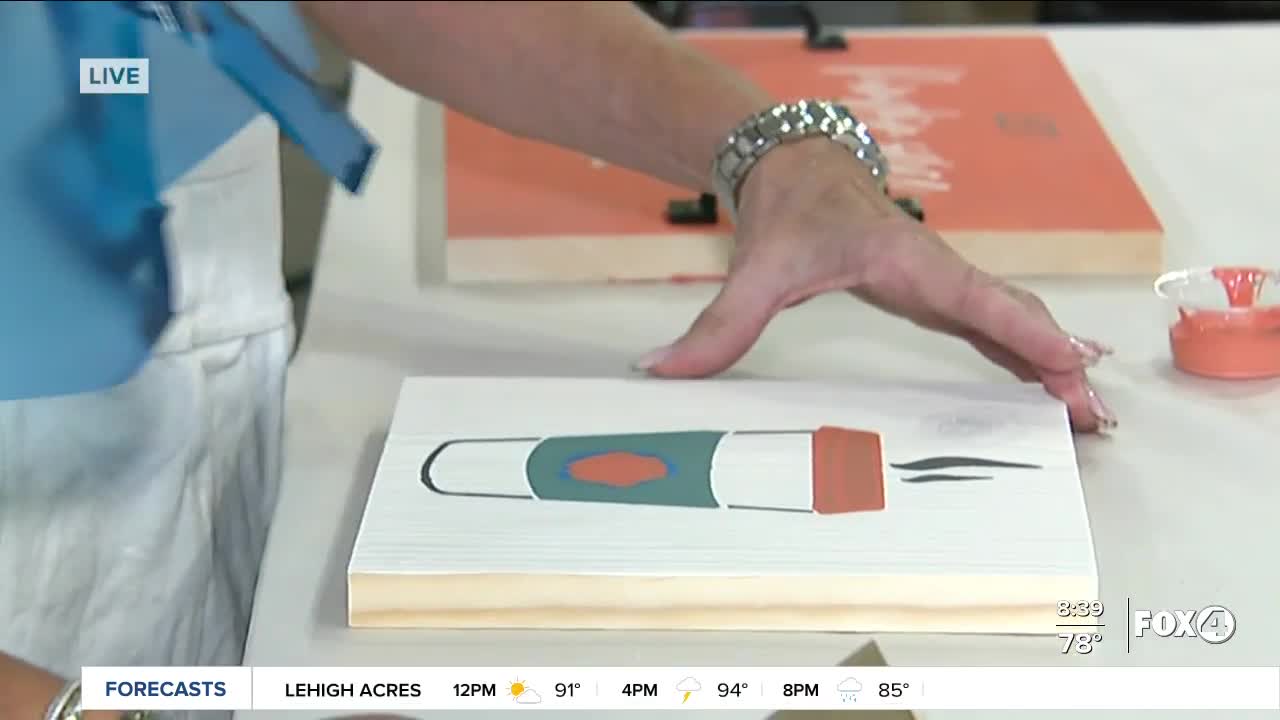
Platforms such as Coursera, edX, and Udacity have partnered with prestigious universities to offer free or low-cost courses to learners worldwide. This accessibility has opened up opportunities for millions of individuals who, due to geographic or financial constraints, might otherwise have limited access to quality education. The flexibility of online courses allows students to learn at their own pace, catering to various learning styles and schedules, thus enhancing the overall learning experience.Blended learning models further illustrate the integration of technology into traditional educational settings.
This approach combines face-to-face instruction with online learning components, providing a more diverse and engaging learning experience. Research has shown that blended learning can lead to improved student outcomes as it allows educators to tailor content and teaching methods to meet the individual needs of students. For instance, utilizing online assessments can provide immediate feedback, allowing teachers to identify areas where students may struggle and adjust their instruction accordingly.Personalized learning, facilitated by technology, has emerged as a powerful approach to cater to the diverse needs of learners.
The use of adaptive learning software enables educators to create customized learning paths for students based on their individual abilities, preferences, and pace of learning. This method not only fosters deeper engagement by allowing students to take ownership of their learning journey but also ensures that each learner has the opportunity to succeed. For instance, platforms such as Khan Academy and DreamBox Learning utilize algorithms to adapt content in real-time, providing targeted support where students need it most.Despite the multitude of advantages technology offers in education, significant challenges remain.
One of the primary concerns is the digital divide, which refers to the gap between those who have access to modern information and communication technology and those who do not. This disparity can exacerbate existing inequalities in education, as students from lower socioeconomic backgrounds may lack access to essential technologies, such as computers and reliable internet connections. Consequently, educators and policymakers must prioritize initiatives aimed at bridging this divide to ensure that all students can benefit from technological advancements in education.Furthermore, the over-reliance on technology in education has raised questions regarding its impact on critical thinking and interpersonal skills.
Critics argue that excessive screen time can hinder face-to-face interactions, which are crucial for developing communication and collaboration skills. Moreover, the abundance of information available online can lead to cognitive overload, making it challenging for students to discern credible sources from unreliable ones. Educators play a critical role in teaching students not only how to utilize technology but also how to think critically and engage meaningfully with digital content.Another challenge lies in the training and professional development of educators.
While many teachers recognize the importance of integrating technology into their classrooms, they may lack the necessary skills and knowledge to do so effectively. Professional development programs must be implemented to equip teachers with the tools and strategies needed to enhance their teaching through technology. By fostering a culture of continuous learning among educators, schools can ensure that they are well-prepared to navigate the ever-evolving technological landscape.As we look to the future, it is essential to consider how emerging technologies will continue to shape education.
The rise of artificial intelligence (AI) holds great promise for personalizing and enhancing the learning experience. AI can analyze student data to provide insights into learning patterns and outcomes, enabling educators to tailor their instruction more effectively. Additionally, virtual reality (VR) and augmented reality (AR) technologies offer immersive learning experiences, allowing students to engage with content in ways that were previously unimaginable.
For instance, VR can transport students to historical events or complex scientific environments, fostering deeper understanding and retention of knowledge.In conclusion, the integration of technology in education presents both opportunities and challenges. While it has the potential to enhance learning experiences, expand access to education, and foster personalized learning environments, it is imperative to address the challenges of the digital divide, the development of critical thinking skills, and the professional growth of educators.
As technology continues to evolve, so too must our approaches to education, ensuring that we harness its full potential while mitigating its risks. The future of education lies in our ability to adapt and innovate, creating a landscape that prepares students for success in an increasingly digital world.


